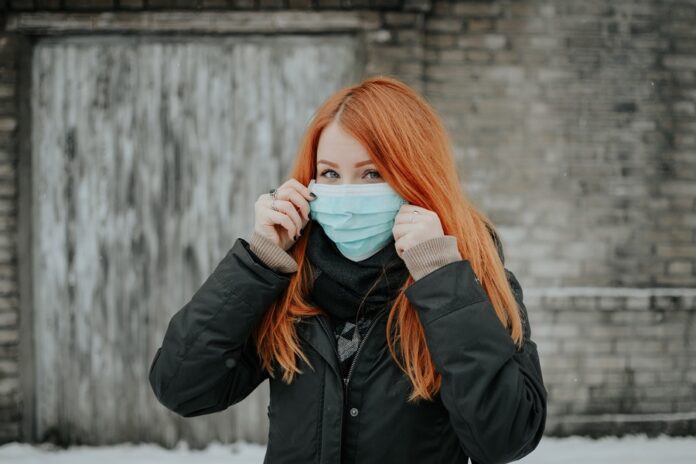In countries such as Japan and China, facemask use in the community is widespread – much more so than in Western cultures. With the pandemic having thrown personal protective equipment like surgical masks, N95 masks and so forth firmly into the mainstream, why were these nations using face masks long before COVID? What can western nations learn from their East Asian friends’ use of masks?
Previous pandemics
You might think that it would be crises like the 2002 SARS outbreak and 2006 bird flu panic that cemented the use of the face mask in Asian nations, and while this is true for places like China, Singapore and Taiwan, in Japan, usage occurred much earlier.
Face mask usage in Japan first began during the Spanish Flu pandemic in the second decade of the twentieth century. Following this, in 1923, the country experienced the Great Kanto Earthquake, which led to a fire that destroyed 600,000 homes and led to heavily smoke-laden air for weeks after the disaster, again encouraging mask use. Another flu epidemic in 1934 led to continued mask usage the following winter, and by the end of the crisis, the use of masks had been normalised.
Air pollution
In Japan during the mid-twentieth century, and the later-industrialising parts of Asia from at least the 1980s, air pollution was a key driver for mask usage. People have long known that air pollution causes asthma, lung cancer, heart disease and a greater incidence of respiratory infections. To protect against these dangers, people started wearing respiratory protection, a trend that continues today, particularly in regularly smog-covered cities such as Beijing.
Cultural norms
In Japan, China, and Korea, underlying cultural norms are based in Taoism and Traditional Chinese Medicine. In these, breathing and breath are a crucial part of being healthy, with the Chinese word ‘Qi’ (meaning air, strength, pathogen, atmosphere, or odour), being a big part of Chinese cosmological belief.
Without Qi, illness blossoms, and ‘feng’ (meaning noxious wind) is the greatest cause of ailment in Traditional Chinese Medicine. Understandably, with such a large part of culture based on the idea of negative and harmful winds, masks are widely used to protect against these dangers.
What’s more, East Asian cultures, particularly Japan, see virtue in politeness. If a person is ill, they will wear a mask out of courtesy to others, especially if they live in a densely packed city.
Reforestation
Following World War 2, the Japanese planted large forests of Japanese cedar for building materials and means of reforesting large tracts of the country. Unfortunately, as the trees aged, they began seasonally generating enormous amounts of pollen, so much so that every March, April and May, huge numbers of Japanese experience hay fever owing almost purely to the cedar trees. As a result, to protect themselves, many wear masks.


